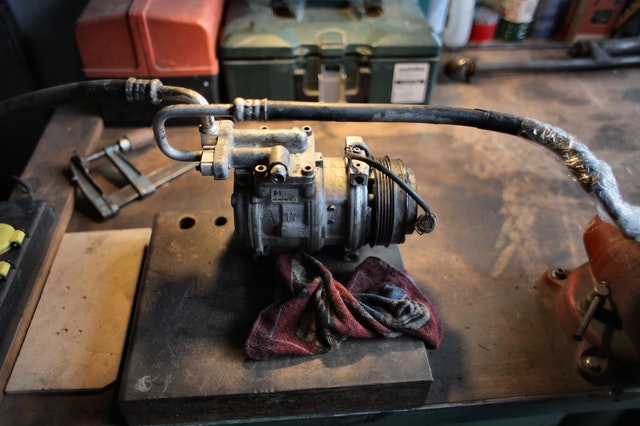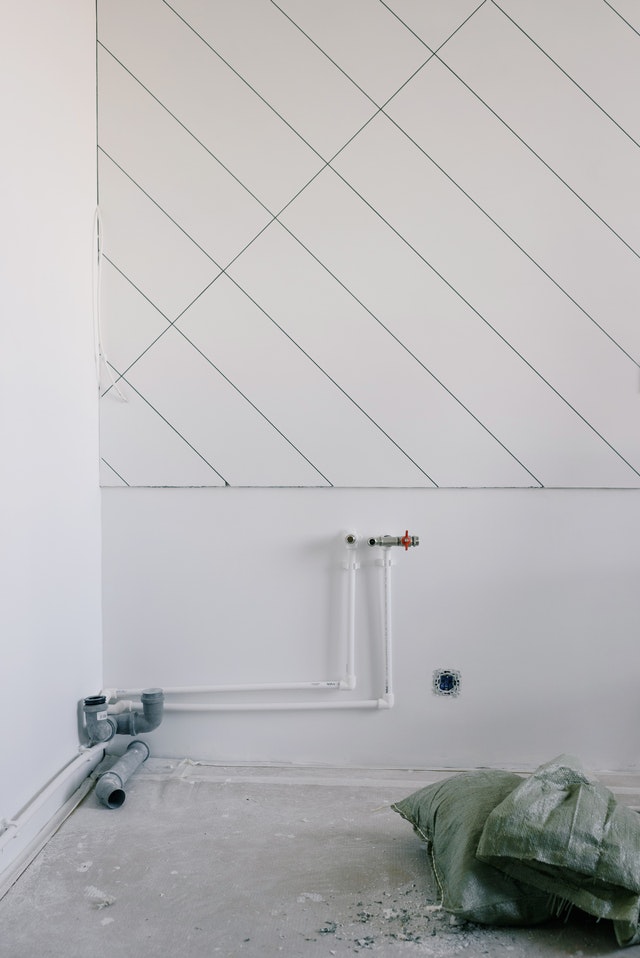If the heating does not generally work properly, this always means a great loss of comfort. If, for example, it does not start, the rooms can cool down considerably and normal everyday life is almost impossible. The other case is: the heating no longer goes out any more. At first, many may think that it is not a problem in winter. But the rooms can overheat even in the cold months. At the latest towards the end of the heating season, rooms that are too warm can be uncomfortable. In the following article, you will find out the specific consequences this can have, where to look for the causes of this error, and what you can do about it.
Contents
Reasons: The heating does not go out any more
Even though you have turned down the thermostat, you notice: the heating is no longer going off any more ? Then this can have different causes. In most cases, the focus is on the thermostatic valve. We will show you the types of errors that can occur in the following sections.
Consequences of heating that is too warm: It is warm in the rooms, but the rooms also overheat due to the permanent heating. This also means that energy is wasted and you pay unnecessarily high heating bills. In addition, the air dries out a lot, and a lot of heat is lost or is simply not used. You should therefore act as quickly as possible if you notice that the heating is no longer turning off.
Is the heating warm despite level 1? – Actual value and desired temperature
In most cases, you can tell that the heating is no longer going out by the fact that the radiator is still warm to hot despite the thermostat being turned off. But what does it actually mean when it is turned off or turned down? How cold or warm is it in the room? In principle, it can be stated that the desired room temperature is always based on the current temperature in the respective room. On the normal thermostat, there are digits and not degrees. Therefore, these must be broken down accordingly. This is what the numbers on the radiator thermostat usually mean:
1st 12 ° C
2nd 16 ° C
3rd 20 ° C
4th 24 ° C
5th 28 ° C
If you set three on the radiator, the room should be 20 degrees Celsius. This means that at that moment the valve reacts and lets exactly as much heating water flow through the radiator as is required to maintain the set temperature. The actual value of the room temperature plays a decisive role here. So if the room is only twelve degrees Celsius, the heating will run longer to get to 20 degrees Celsius than at an initial value of 16 degrees.
If you now leave the house, the room can cool down considerably through open doors and open windows. Even if you turned down the radiators before, they can still be warm when you return. In this case, however, there does not have to be a defect. It is warm when the difference between the actual room temperature and the previously set desired temperature is compensated for. If the thermostat is set to one and the temperature falls below twelve degrees Celsius during this time, the valve opens and hot heating water flows into the radiator. If in such a case, you have the impression that the heating is no longer turning off, you usually do not have to do anything. Unless the radiators are disproportionately hot. In this case, there may also be an incorrect setting on the control technology.
If the valve is stuck – the heating will no longer go out
The heating doesn’t go off anymore? Then it is often because the thermostatic valve is defective. In some cases this gets stuck. If the thermostatic valve is stuck, it usually means that the pin on the valve can no longer be pushed in properly. Normally the valve opens when the pin slips out of the valve when it is opened. The heating system will no longer go out if this pin on the valve remains in a depressed position. If this happens, a corresponding regulation is no longer possible.
Step-by-step solution: Loosen the valve pin
With the following simple steps, you can easily loosen the pin on the valve yourself. If you do not have the appropriate tools at hand or do not trust yourself to do so, you can also consult an installer.
. Unscrew the thermostat head. To do this, first, turn the thermostatic valve to zero and loosen the so-called union nut. You can usually do this by hand. In case of doubt, a pipe wrench is a good choice.
. You can now see the pen under the thermostat head. With the help of combination pliers, you can now slowly pull it out. To make it more mobile again, you should pull it several times and push it in again. . . . . Some grease may also help as a lubricant.
. If the pen is still difficult to move, very gently tap the metal pen with a hammer.
. Move the pen again with the combination pliers.
. Put the thermostatic head back on the valve. The markings on this should match those on the valve.
. Turn the thermostat up and then back down to test whether the heating can be turned off again.
Sometimes it is also necessary that the thermostatic valve has to be replaced. This usually happens when the valve is too large and the heating water flows through the radiator, even when it is actually closed. Otherwise, there is a possibility that the thermostatic valve head was attached incorrectly and the numbers do not correspond to the settings.

Replace the thermostat adjustment head
The heating no longer goes out any more, although the metal pin is not stuck? Then it may also be due to the thermostat head. Normally, you use this to set the desired room temperature. To change the thermostat, the following steps are required:
. Set the old thermostat to the highest level.
. Loosen the clamp or union nut using the screw behind it.
. Also, set the new thermostat to the highest level.
. The set level must point upwards if you now carefully place the new adjustment head on the clamp.
. Retighten the screw.
The heating no longer goes out – replace the thermostatic valve
Despite all your efforts, you find: the heating still doesn’t go off? Then all that remains is that the valve itself has to be replaced. However, this is a much more complicated process and, at best, is performed by an installer. Because this can cause water to escape; In addition, sealing problems are possible. In such a case, especially in a rented apartment, you should not lend a hand yourself. Defective heating or a heating failure is a reason for a rent reduction. But be careful as a tenant: inform your landlord first before taking any further action.
If you find out: the heater does not go out any more, the valve may jam. You can solve this yourself with simple steps. However, if the situation does not change, there is usually an extensive problem that should be reported to an installer. In principle, however, it is recommended to counteract this preventively. Regular maintenance or a heating check is recommended for this.






